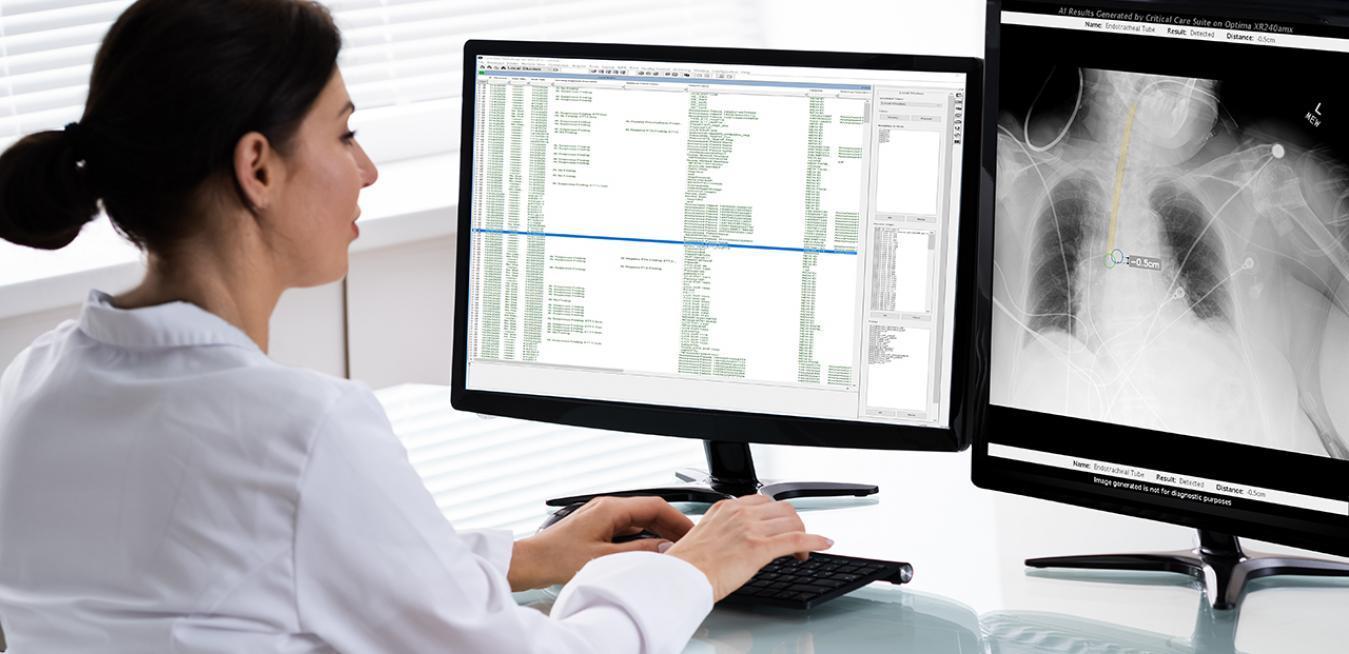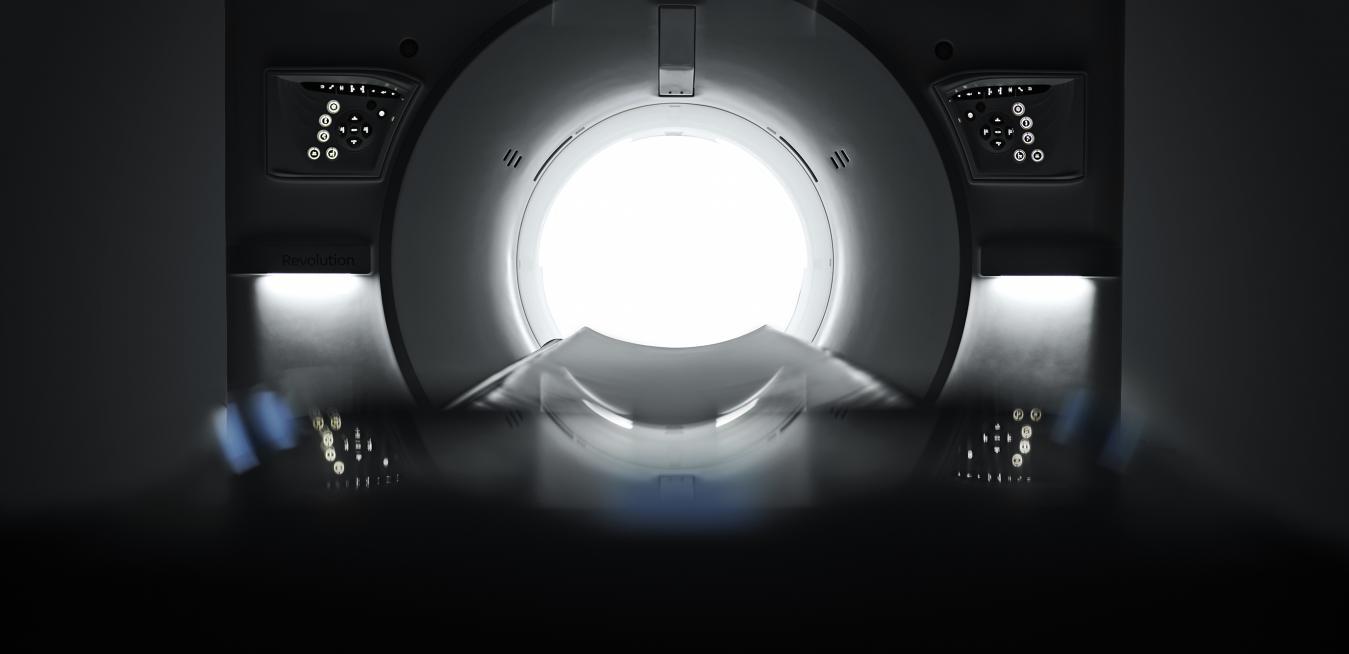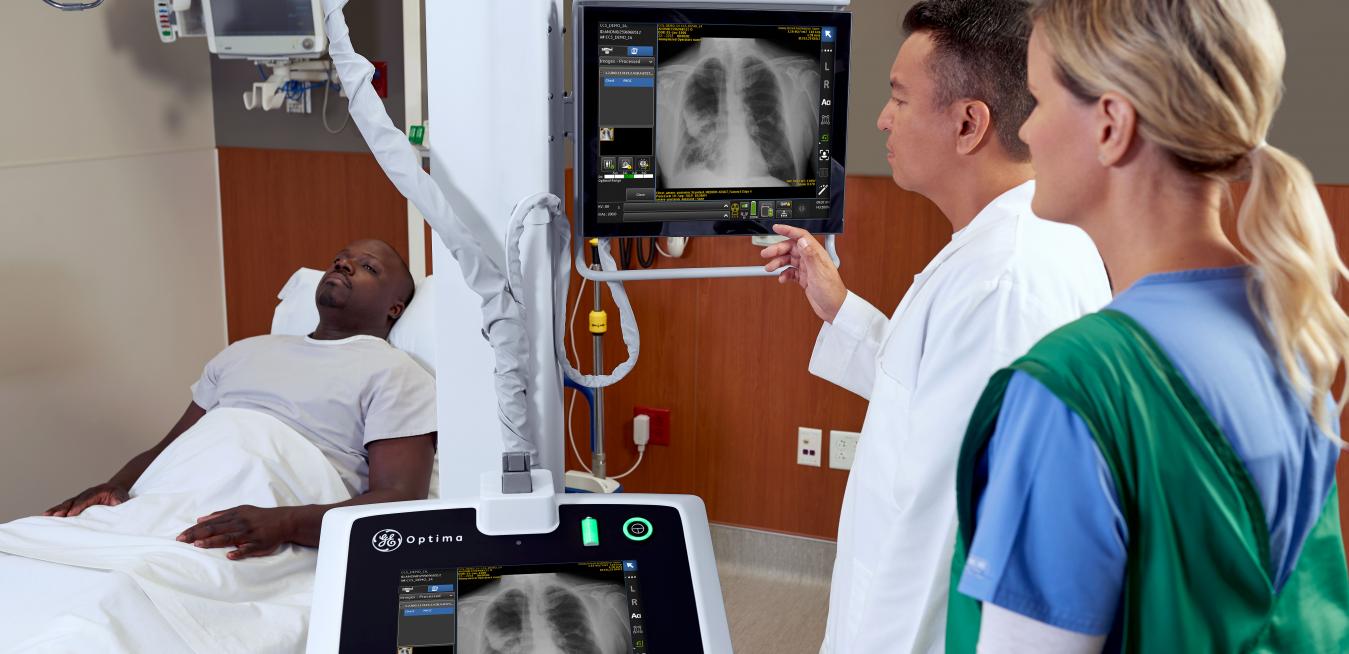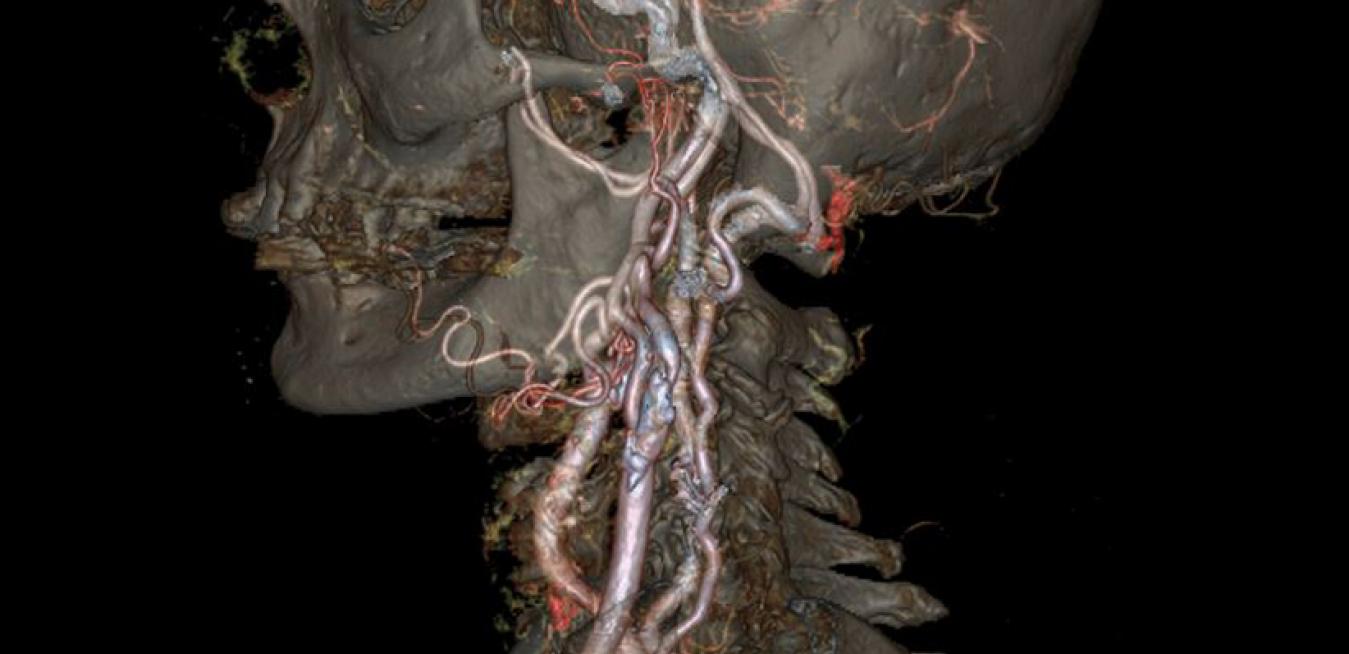Striking out on one’s own while working as a team may seem like contradictory ideas, but GE HealthCare President and CEO Peter Arduini made it clear that both themes will guide the company’s future after it spins out of parent company GE early next year. The occasion for his remarks was GE HealthCare’s Investor Day at Nasdaq in New York City.
Over the past two decades, four generations of mobile networks have changed how we live, shop and talk to each other. But the next-generation wireless networks, 5G, which can achieve data transmission speeds 10 to 100 times faster than we’re currently used to, could quickly change the status quo again. 5G has big implications for everything from gaming and shopping to advancing the promise of smart buildings, appliances and cars. One industry it could alter dramatically is healthcare.
When Prof. James Brenton was seeing one of his patients at Addenbrooke’s Hospital recently for ovarian cancer treatment, he needed to review all her studies and treatments. The information was complex and lengthy: blood test results, genomic tests, imaging studies and reports from past therapy. Brenton hadn’t been able to attend the tumor board meeting the day before, where his colleagues — radiation oncologists, medical oncologists, radiologists, pathologists and surgeons — had reviewed her data. The recap from the meeting was helpful, but overly brief.
Like many tasks in medicine, threading a breathing tube down a patient’s trachea requires skill, patience and steady hands. Insert the tube not far enough and the patient can throw up food into their lungs, causing infection; insert it too far and you might trigger a collapsed lung or cardiac arrest. Doctors often order a chest X-ray to make sure the tube is positioned right.
For decades, physicians have used CT scanners to take pictures deep inside your body. They’ve become indispensable to patient care, yet even these remarkable devices have their limits. Now, two research organizations are beginning a pilot study of a technology with the potential to produce X-ray images crisper and more precise than existing approaches.
Imagine a world where a genomic sequencer small enough to fit in the palm of your hand maps the DNA of a virus in mere hours. Where you can test for a variety of maladies, from skin cancer to urinary tract infections, without going to the doctor. Where monitors use digital algorithms to adjust oxygen levels for ICU patients.
Now stop imagining. Thanks to artificial intelligence, we’re quickly approaching that world.
It was still early in the pandemic when caretakers at a Florida nursing home realized they had an urgent problem. Ten residents became ill with COVID-19 at the same time and had to be hospitalized. The nursing home needed to find places for them quickly.
A collapsed lung can feel a little like being trapped underwater. Pneumothorax (as doctors call it) is caused by tears in the lung that leak air into the space between the lung and the chest wall creating an air pocket that places immense external pressure on the lung. As the pocket gets bigger, the more air the patient takes in — making it harder and harder to breathe.
Deep into his second hour of waiting for an MRI of his knee, Alexis Laugerette thought there had to be a better way. The French-born biomedical engineer and physicist went in for a 40-minute appointment and experienced one of the most tedious aspects of health care — sitting in a waiting room with nothing to do and no idea when his appointment would actually start. Near him, a baby was crying. “There could be very easy things to improve in the patient experiences,” Laugerette says.














